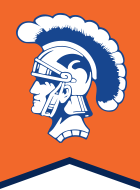There seems to be a day commemorating just about everything. On Sept. 16, we celebrate Play-Doh. That’s right, this malleable, colorful, multi-generational play thing is celebrated each year on Sept. 16.
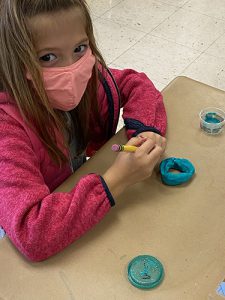
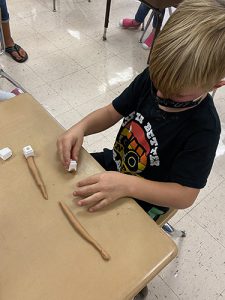
Our students here at Golden Hill certainly had lots of fun with it: molding it and folding it, creating and imagining with it. A big thank you to our wonderful PTA for providing our students with their very own Play-Doh!
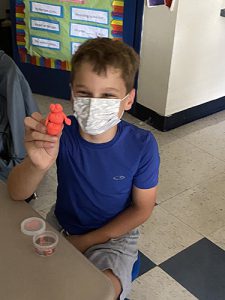
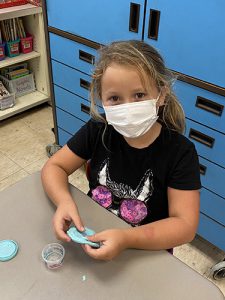
But did you know that Play-Doh actually was created for a much different purpose – a wallpaper cleaner?
In 1933, Cleo McVicker was working for an Ohio-based soap company and negotiated a contract with Kroger grocery stores to make a ready-made wallpaper cleaner. At the time, people used coal to heat their homes, which left a dirty residue on the walls. His brother Noah, a product developer, came up with the formula – a non-toxic, malleable clay-like material made simply from water, salt and flour.
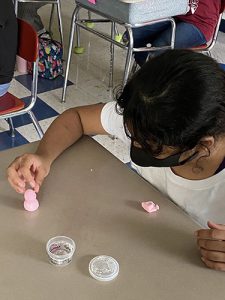
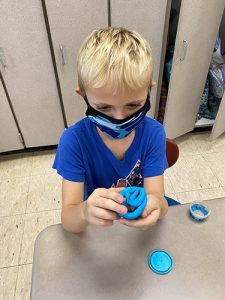
For 20 years, this product was used just to clean wallpaper. Then people converted to oil and gas to heat their homes, drastically reducing the amount of soot on their walls and therefore the need for the cleaner. By now, Joseph McVicker was running the business after his father, Cleo, passed away. In 1955, Joseph’s sister-in-law, Kay Zufall, a teacher, convinced him to repurpose the product as a toy. Her students loved to work with the “clay” and create. Joseph visited her classroom to see the students and he loved what he saw.
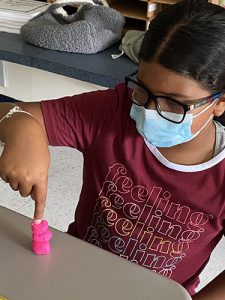
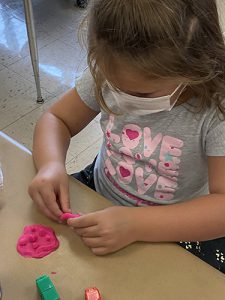
He reformulated the product and started producing it on the same equipment as his wallpaper cleaner. This time, the end product was a child’s toy.
In 1956, Joseph established the Rainbow Crafts Company, Inc., which repackaged the product, now known as Play-Doh, and marketed it to elementary schools in the Cincinnati area. By 1957, Play-Doh was produced in three new colors: red, yellow and blue.
Not many had heard of Play-Doh outside of Cincinnati until Joseph introduced it to Bob Keeshan, known to television audiences as Captain Kangaroo. Captain Kangaroo loved it and agreed to use it once a week on his show, which was one of the most popular children’s television shows of its time. Play-Doh became a national sensation with sales skyrocketing. Rainbow Crafts couldn’t keep up with the demand!
In 1998, Play-Doh was inducted into the Strong’s National Toy Hall of Fame.
It is estimated that since Play-Doh was introduced in 1955, more than two billion cans of it have been sold worldwide.
(Information from www.museumofplay.org)
